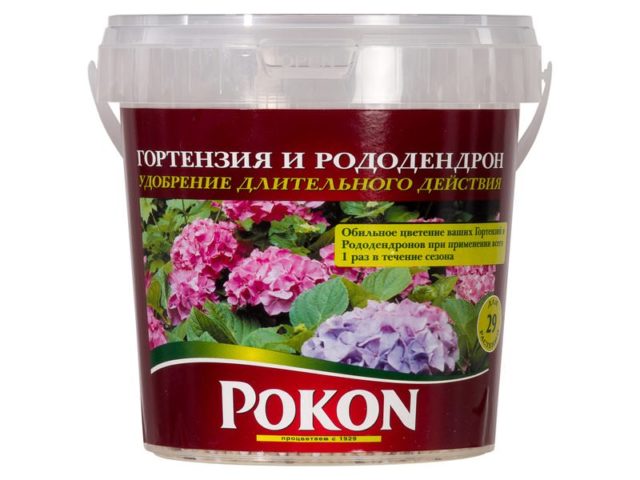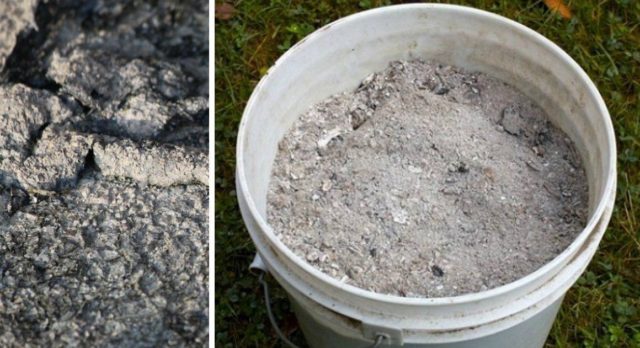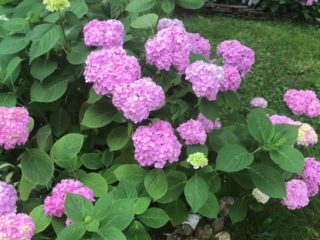Content
Fertilizing garden flowers is an important part of caring for them. To gain green mass and lay a large number of buds, it is necessary to feed the hydrangea in June, July and August. In summer, crops especially need complex fertilizers for good growth and abundant flowering.
Do I need to feed the hydrangea in the summer
With the onset of warm summer days, all types of this culture, paniculate, tree-like, large-leaved, begin to lay buds, and in the southern regions they already bloom altogether. This process exhausts the plant, takes a large amount of energy from it, it needs nutritious feeding.
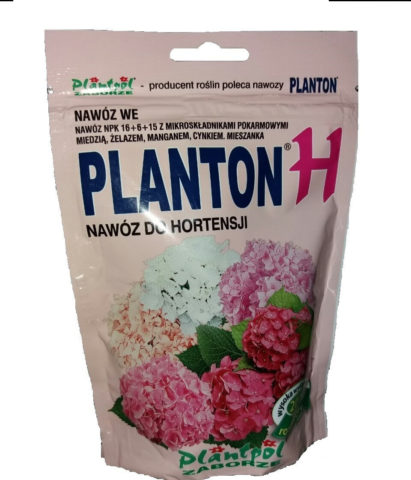
It is better to use commercially available complex fertilizers, which contain all the necessary trace elements
If the soil lacks the necessary substances, the flowers become faded, budding stops, and the bush can be attacked by pests and various diseases.
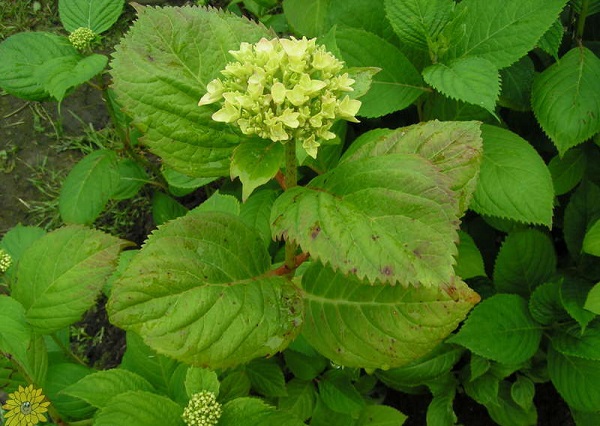
If the soil lacks iron, the flowers of this culture change color, and chlorosis affects the leaves in August.
When to feed hydrangeas in summer
Important steps for fertilization are: the beginning of growth, the process of bud formation and the flowering period itself. After transferring the seedling to the ground, the first top dressing is applied after 2 years. As a rule, the plant has enough nutrients that enrich the soil during planting for this period.
Summer dressing is applied at least 1-2 times a month. Organic and mineral fertilizers alternate. They can be used to feed hydrangeas in August, but it is worth choosing preparations without nitrogen. During this period, the culture is preparing for winter, and it does not need excessive stimulation.
How to fertilize hydrangea in summer
Nutritional supplements should contain the maximum amount of phosphorus and potassium. In the period from early summer to August, flowers are fed with solutions of superphosphate and potassium sulfate, nitroammophoska.
Top dressing hydrangeas in the summer with folk remedies
A garden flower in June and August is fed with both ready-made purchased mineral fertilizers and folk remedies. The plant responds well to acidic soil. A solution of fermented milk products will help to make it such: whey, yogurt or kefir. They are diluted with water in a 1: 1 ratio.
Stale black bread can be used to feed any flowering crop, including hydrangea, up to August.
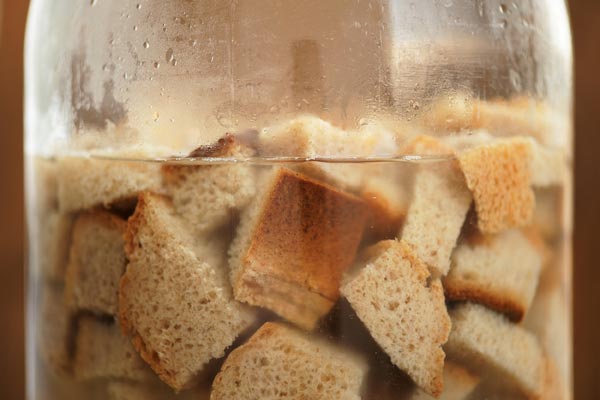
The product is crushed and poured with water in a 1: 1 ratio, insisted for a day
The resulting solution can be fed to the flower, both in June and August. Watering with bread is carried out every 2 weeks.
You can feed a flowering crop with yeast during the period of active bud-laying - in June. Half a tablespoon of baker's yeast is stirred with 3 tbsp. l. sugar, pour a glass of warm water. As soon as the solution begins to foam and boil, it is diluted with water, bringing the total volume to 10 liters. The shrub is fed with yeast 2 times, in June and August.

With a weak solution of potassium permanganate, the bush is fed once in June, July and August
The substance disinfects the soil, makes the shoots and root processes strong, but flexible.
Serum, kefir, a weakly acidic solution of vinegar or citric acid are used as soil oxidants, which can be used to feed the plant from June to August.
Fertilizing hydrangeas in summer with mineral fertilizers
In June, in the first decade, they introduce complex fertilizing for flowering crops. It is important to use formulations containing nitrogen during this month. They stimulate metabolic and biological processes, prepare the bush for flowering. Nitrogen can be fed to the flower until mid-July, but not in August.
In mid-June, the shrub can be fed with substances with potassium and phosphorus. Nitrofoska and Agricola are also used.
As soon as the first flowers open, nutritious sprays are applied.
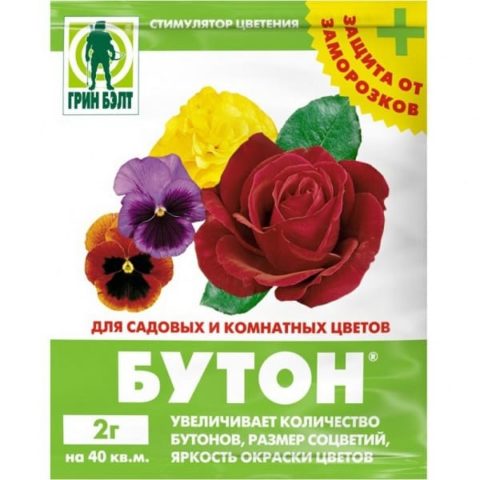
To improve flowering, the preparation "Bud" is suitable, it is bred in accordance with the instructions and sprayed with the green part of the plant
You can feed hydrangea in July with complex potassium-phosphorus supplements. It is good if other nutrients are included in the composition of such fertilizers, there should be a minimum amount of nitrogen in them.
You can feed the shrub in August with Kemira Flower fertilizer, following the instructions. A weak solution of potassium permanganate is also used, a bucket for each bush.
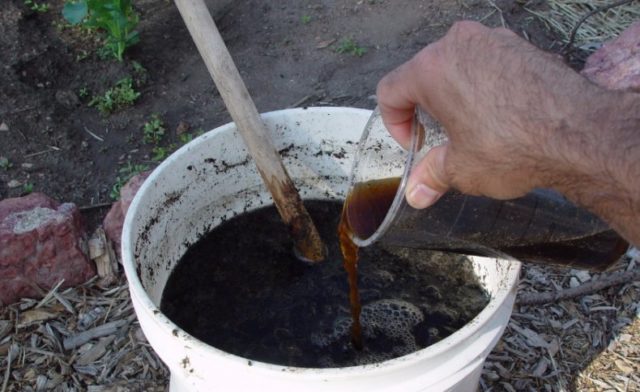
In the middle of summer, the shrub is fed with slurry and nitroammophos.
Fertilization of hydrangeas in August is carried out after the end of flowering. It is important to make fertilizers that do not contain nitrogen. The shrub needs potassium, magnesium, phosphorus during this period, since it is in August that flower buds of the next year are laid.
In August, flowers are watered with a solution of superphosphate and potassium sulfate (1 tablespoon per bucket of water). Each bush needs to be fed with 10 liters of solution.
The timing of top dressing may vary due to climatic characteristics and the general condition of the plant. In each case, it is important to take into account the periods of growth, budding, flowering. Feeding hydrangeas at the end of August can be completely excluded.
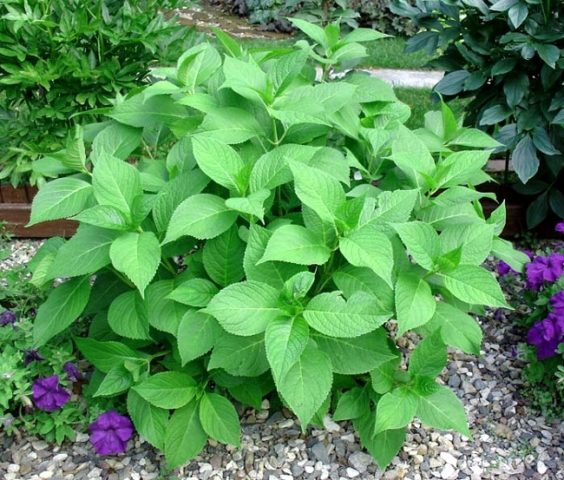
An overabundance of minerals leads to a set of green mass, and the flower buds of the next year will not conceive
How to feed hydrangeas in summer
During the flowering period, the shrub is recommended to be fed every 2 weeks. It is important to adhere to the fertilization schedule from July to August. The splendor of the buds and the duration of flowering depend on this.
How to feed the plant correctly:
- The beginning of summer is the period of ovary formation. To increase their number and duration of flowering, make a solution of 10 liters of water, 1 tbsp. l. means "Agricola" and the same volume of nitroammofoska. With this amount of nutrients, you can feed 1 flowering bush 2 times a month.
- July is a period of active flowering. To prolong the process longer, the shrub can be fed with a solution of "Kemira flower" diluted in 10 liters of water. Top dressing is applied 2 times a month.
- In August, it is recommended to feed the flowering culture with a solution of superphosphate (1 tbsp. L.) And potassium sulfate (1 tbsp. L.), The substances are dissolved in a bucket of water. Nitrogen compositions are excluded in August. They stimulate the growth of the green part of the plant, which leads to deformation of the bush.
- Twice a season from June to August, the flower is sprayed and fed with Ferovit. It will compensate for the iron deficiency and prevent the development of chlorosis.
A week after the introduction of mineral fertilizers, the plant is fed with organic matter. To do this, use bird droppings, cow dung or plant debris.
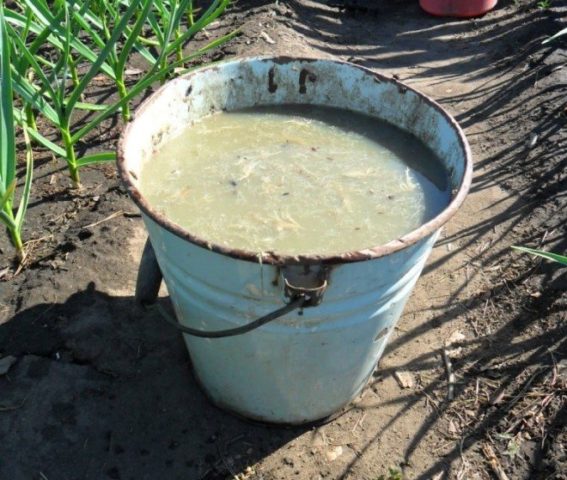
Half a liter of waste is dissolved in a bucket of water, the resulting liquid is recommended to feed the flower until early August
Tips from seasoned gardeners
It is important to feed the flowering shrub from June to August correctly, without harming the plant. It must be remembered that an overabundance of fertilizers has a detrimental effect on the growth of the culture, can lead to deformation and decay of its rhizome.
Helpful hints:
- You do not need to feed the shrub in the summer more than twice a month, especially in August.
- It is better to alternate mineral dressings with organic ones. But you cannot constantly use folk methods. Hydrangea does not tolerate the constant introduction of organic substances; they should be completely abandoned in August.
- Between watering, it is good to use acidic solutions, which make the flower buds lush and bright.
- Fertilizers are applied only to loose, well-moistened soil. To do this, a day before feeding the hydrangea, it is watered abundantly. If it rained the day before, water treatments in June and August can be excluded. Moisture in the soil will not allow the active substances of complex and organic fertilizers to burn the roots of the plant.
- You can feed the flower from July to August with Pokon fertilizer. A small amount of powder is poured around the bush at the beginning of June, and its effect will last until the end of August.
Designed for rhododendrons and azaleas, but perfect for hydrangeas
- With a solution of citric acid (10 g per 10 l of water), hydrangeas are watered 2 times during the summer, in June and in August. This method will strengthen the plant, make its branches elastic, they will not break off under the weight of the buds.
- To make the buds blue, the bush is watered in early June with a special solution. Take 2 tbsp. l. potassium sulfate and ammonium, the substances are dissolved in a bucket of water.
- In early June, it is recommended to mix lime and ash in equal parts, sprinkle the trunk circle with powder.
Ash will make the buds bright pink
Hydrangea gratefully responds to top dressing from June to August. With the right approach, the flowering of the shrub will be lush and long lasting.
Conclusion
It is important for flower growers not to forget to feed the hydrangea in June. This is an important procedure that affects the further growth of the culture, the setting of buds, and the duration of flowering. Top dressing is applied monthly until the end of August. And at the beginning of September they begin preparations for wintering.
